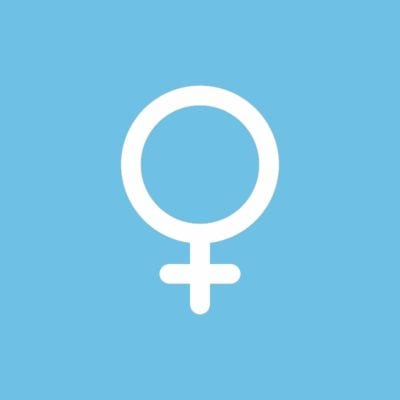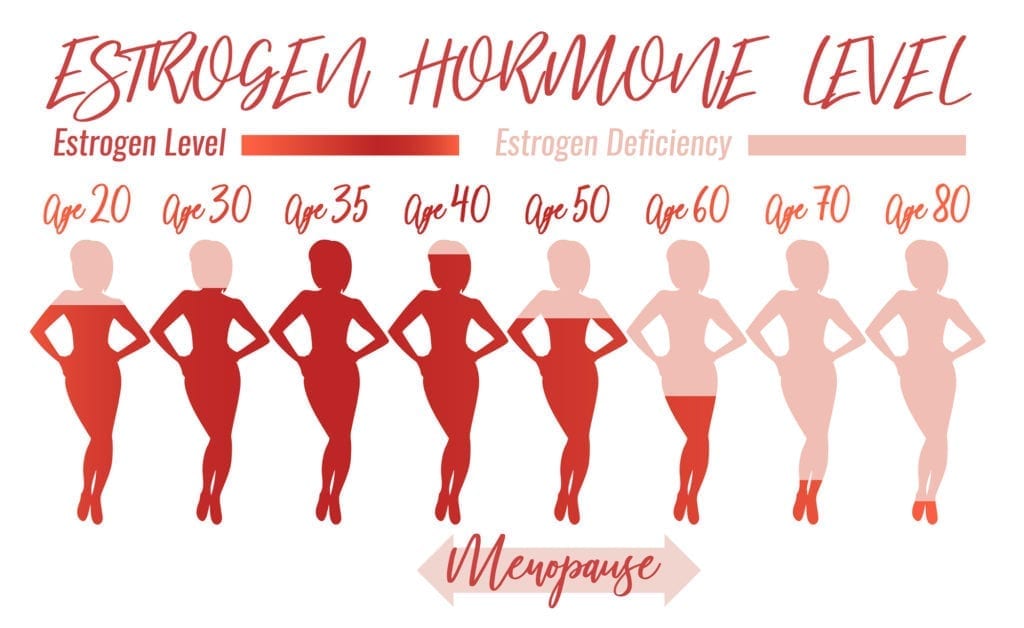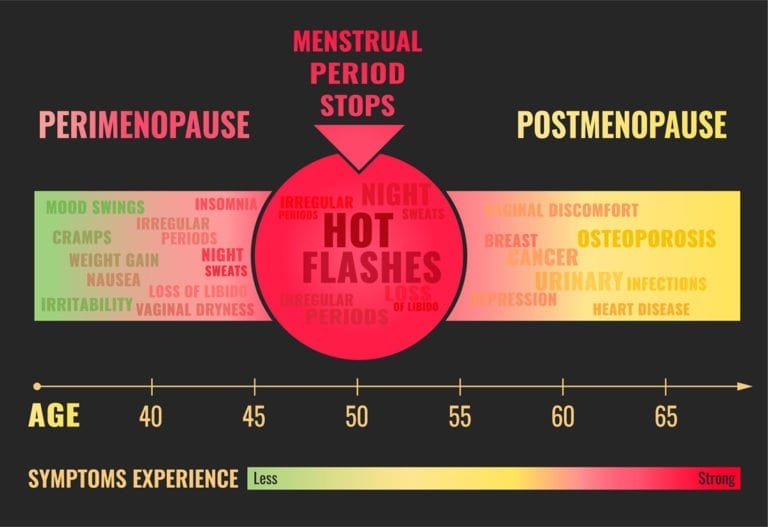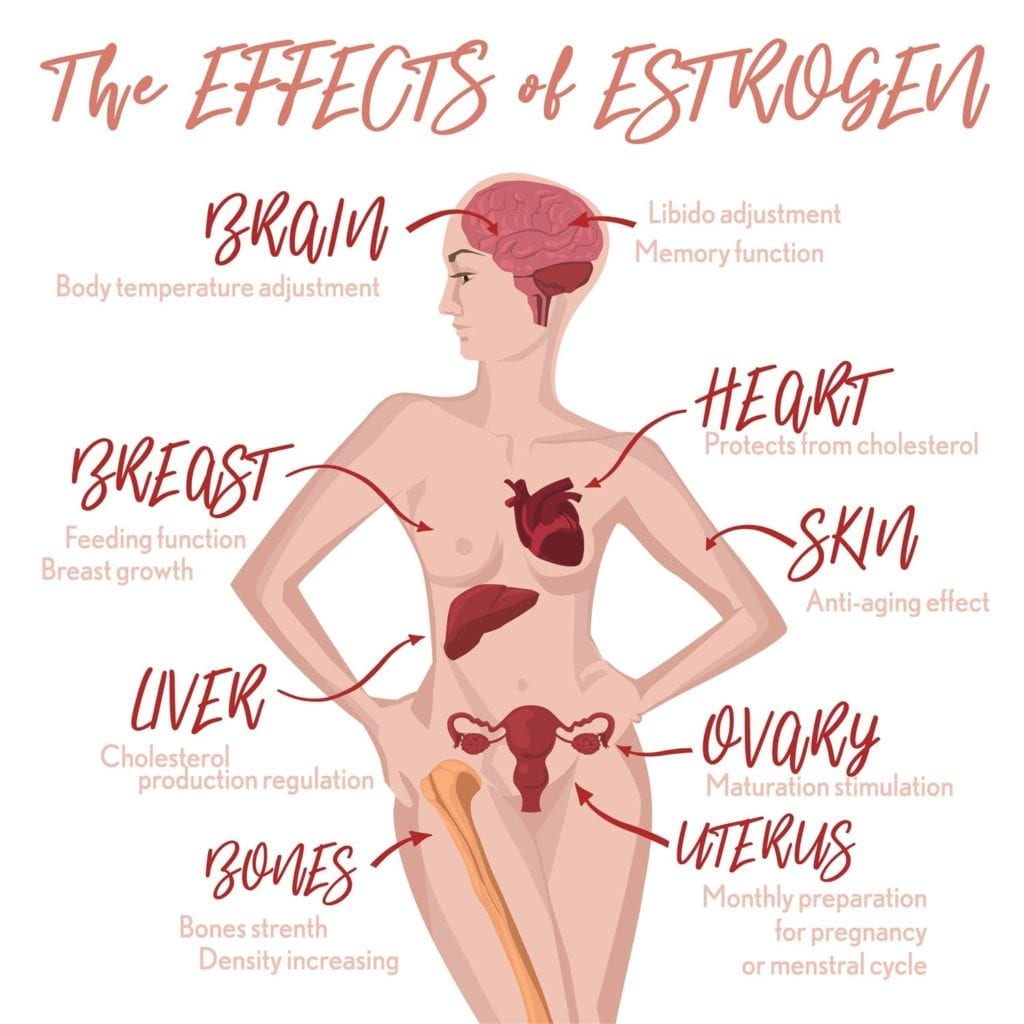DHEA (Dehydroepiadrosterone)
DHEA Is considered the mother hormone. Because it can convert readily to most other hormones, such as estrogen, testosterone, progesterone, and corticosterone, it can help balance energy levels, enhance immune system, improve libido, and benefit muscle function. When taken orally, DHEA can convert into testosterone, but also estradiol by way of an aromatase enzyme.
Estrogen
Estrogen is primarily formed in the ovaries, although it is also produced by the adrenals and fat cells. The strongest and most influential of the three estrogen hormones is Estradiol. (E2), next in strength is Estrone (E1).
Estriol (E3), the third major type of estrogen, is the more “benign” compound. It contributes to healthy and youthful skin, keeps the vagina moist and lubricated, prevents hot flashes and night sweats, and probably has a major anticancer role. It exerts a protective and counterbalancing effect against estrone and estradiol, its more powerful sister compounds. In some women increased estriol levels improve mental clarity. But estriol does not appear to benefit the bones or cardiovascular system the way estradiol and estrone do.
Estrone and estradiol are the most influential estrogens in creating the qualities of femininity, the qualities that turn a girl into a woman and affect and protect the mind, the bones and the cardiovascular system. Estradiol prevents the loss of old bone tissue. Estrone is thought to perhaps promote the growth of new bone tissue.
Progesterone
In addition to being an important factor in the balancing of estrogen, progesterone carries anti-inflammatory and neuroprotective properties. Considered the feel-good hormone, progesterone helps menopause symptoms, stress reduction, prevents osteoporosis, and excessive weight gain.
Progesterone plays a major role in the body and has many functions in both males and females of all ages. Progesterone is responsible for regulating blood sugar, developing intelligence, building bones, brain activity and many more. Additionally, progesterone plays an important role in converting fat into energy, regulating thyroid hormone production, and helping to reboot libido. It is also a natural antidepressant, aids in normalizing blood clotting, helps to initiate sleep and is a natural diuretic along with many other vital functions.
Progesterone has a calming effect by activating the GABA receptor sites. GABA is our most calming, inhibitory neurotransmitter and effective against some forms of epilepsy. Progesterone also boosts the immune system. Our bodies make it all the time.
Cortisol
Cortisol is often referred to as the stress hormone. Due to constant stress in a person’s life (fight or flight), this hormone can cause adrenal exhaustion and fatigue. Since hormones work together in synchronization, it’s important to evaluate all matters concerning hormone production.
Testosterone
There is a misconception that testosterone is only a male hormone. This is untrue; testosterone is also produced in women by the ovary. Although the level of testosterone in the women is only 10% of the level in men, it rapidly declines during menopause along with estrogen and progesterone.
Although progesterone and estrogen are the two dominant hormones that women produce, it is important to remember that women also produce small doses of testosterone. For women, the production of testosterone peaks at ovulation in order to stimulate a woman’s desire for sexual relations.
In woman, testosterone is produced in the ovaries. Muscle tone, skin elasticity, and bone integrity are all associated with healthy levels of this hormone.
Luteinizing Hormone (LH)
LH is considered a gonadotropin and stimulates the secretion of sex steroids in both sexes. In females, LH is responsible for healthy ovulation.
Follicle-Stimulating Hormone (FSH)
In females, FSH is important for the development of ovarian follicles. For natural reproduction to take place, it’s vital to have a regular pattern of gonadotropin secretion.
Sex Hormone Binding Globulin (SHBG)
Mostly controlled and released in the liver by androgens, SHBG can bind up free testosterone. If left uncontrolled, SHBG can lead to a substantial decrease in androgen production. As we age, SHBG can even increase, however, a routine blood test can find out if your free testosterone is low. Some common medications that increase SHBG include birth control pills, sedatives, tranquilizers, and various forms of alcohol.
Pregnenolone
An important supplement for healthy testosterone production, pregnenolone has been shown to improve memory function. Pregnenolone not only converts to DHEA but can also convert into progesterone and other much needed hormones.





